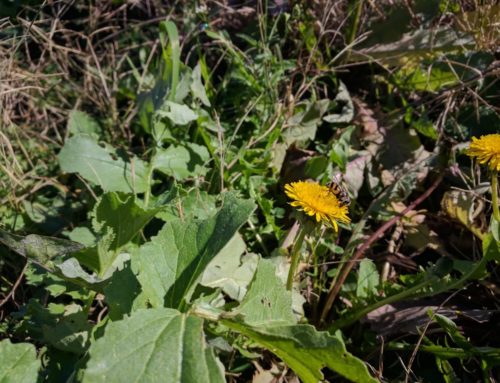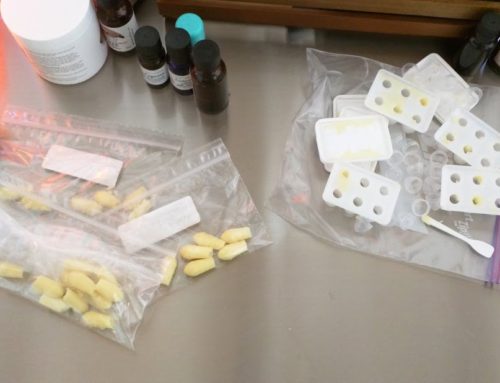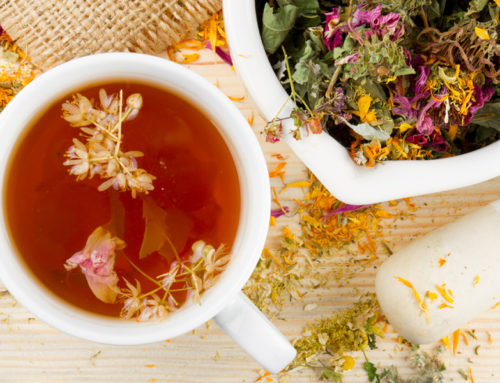Our friend here goes by a few names, you may know her as the Silk Tree, the Mimosa Tree, Huan Hua, or The Tree of Happiness. Her botanical name, or binomial, is Albizia julibrissin. Originally from China, Persia, Korea and Japan, she’s rather fond of growing in temperate zones here in the United States, and can be a bit invasive. Like many plants classified as ‘weeds’ and invasives this one is a favorite amongst wildcrafters.
In early June I set off on a flower-picking adventure with fellow wildcrafters: Crystal of Viriditas Botanicals, and Tammy of Mariposa Family Acupuncture. Thanks to a very wet spring we were blessed with a bountiful harvest of these vibrant, fuchsia and cream colored blossoms.
The Tree of Happiness
Mimosa (flower and bark) has historically been used for its biophysical actions that support mood and calm the spirit. Albizia julibrissin’s antidepressant and anti-anxiety actions puts this herb on the list for supporting persons experiencing grief, insomnia, depression, anxiety, and stress. It is contraindicated for use in pregnancy though, so not a good fit for every person.
The blossoms have a light, floral aroma which comes across in an ethanol extract giving the impression that one is consuming a very light perfume. Researchers that looked at the volatile constituents of the blossoms of our North American Alibizia julibrissin and concluded that:
The presence of linalool, trans-linalool oxide, methyl salicylate, and eugenol are likely responsible for the fragrant odor of silktree blossoms.
I add the blossom tincture to a glass of water to reduce the strength of the aroma and taste. It is quite literally like drinking a glass of flowers, a rather unique experience for the taste buds and olfactory bulb through retronasal olfaction.

After ten weeks in alcohol the color is completely gone from the blossoms and the resulting tincture is golden-brown
Poor Mimosa has recently acquired a new name in certain circles as being an ‘herbal prozac.’ Personally, I find it unfair to compare a botanical with a pharmaceutical drug that has been specifically manufactured to behave in a certain way, pill after pill. Plants don’t operate like that! But it may attract the attention of those seeking mood supportive alternatives so it is worth discussing your options with your herbalist (Eastern or Western disciplines).
If you’d like to see a tincture of Mimosa blossom make it into one of your upcoming CSA aromaboxes let me know!
Further reading:
- Alleviate Grief with Alibizia, Michael Tierra
-
Phytopharmacological Properties of Albizia Species (PDF), International Journal of Pharmacy and Pharmaceutical Sciences








Leave a Reply